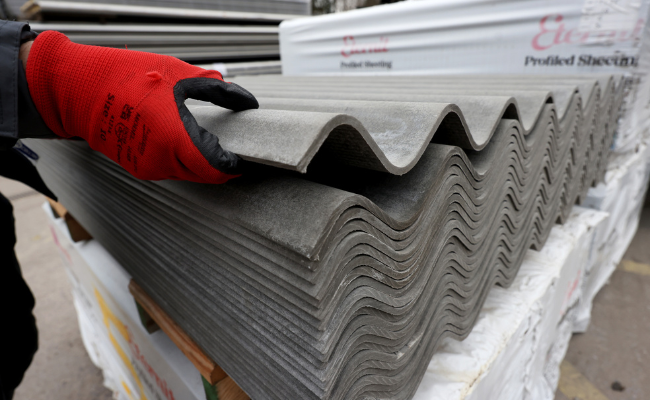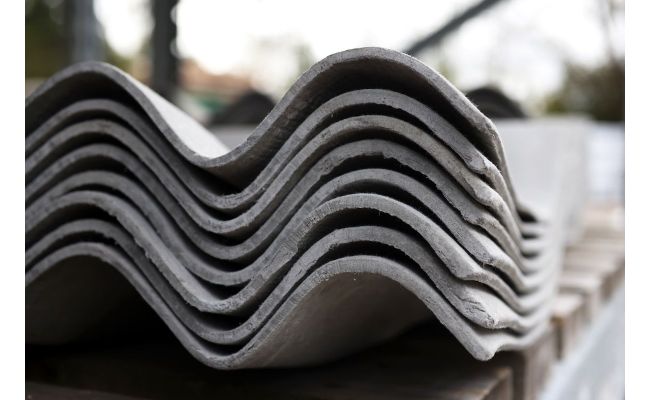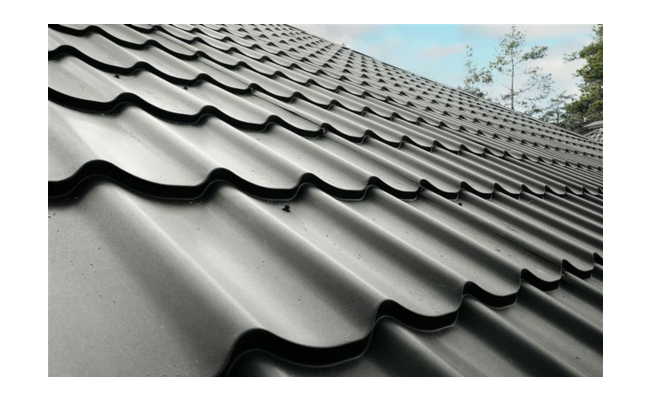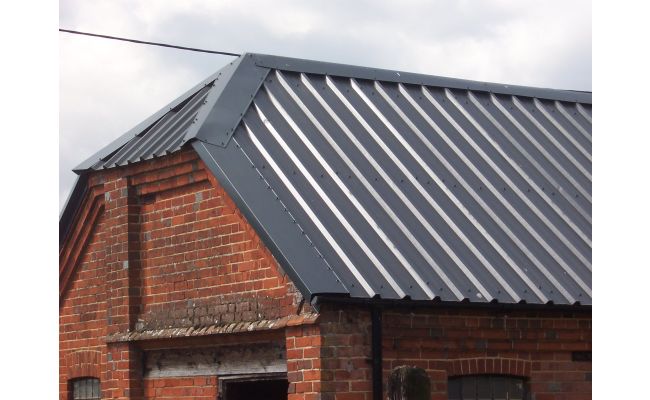Southern Sheeting has been a major distributor of major brand fibre cement profiled roofing products for more than 35 years and holds one of the widest stocks in the UK, so when it comes to frequently asked questions about fibre cement profiled sheets – we’ve got the answers.
Here are some of the questions which come up most often - and what to pay attention to if you want to avoid significant problems after the sheets have been fitted.
Which profile sheet should I use?
- This will depend on the following criteria, so make sure all this information is to hand:
- The size of the building and the compatibility with any existing materials.
- The distance from centre to centre of your fixing rails (purlins). For example, Profile 6 sheets will span a maximum of 1.375m.
- The pitch of the roof. Profile 6 can be installed to minimum pitch of 5 degrees.
What are the lap and sealing requirements for the pitch of the roof?
Once you have established the profile purlin centres required, it’s important to understand the end-lap and seal requirements to suit the pitch of the roof.
The shallower the roof pitch, the more end-lap is needed, so this influences the length of sheet needed. Furthermore, exposed roof slopes will require additional end-lap. This will vary based on how sheltered the site is.
It is important to follow these guidelines and always use the correct 8mm diameter butyl bead sealant, because if sheets are fitted below their recommended pitches, there’s a high risk of water ingress.
How do I install the sheets?
- Always remember fibre cement profiled sheets should be installed smooth side up. Other points to note are:
- Ideally, sheets should be cut with a hand saw or slow speed reciprocating power saw to minimise dust generation. If using a circular saw, ensure you use dust suppression or dust extraction. And always wear a face mask, goggles and gloves.
- All fixing holes should be drilled, not punched and must provide adequate clearance around the fastener shank to allow thermal expansion and contraction of the sheet, or building movement.
- Once you have established the type of purlin (timber, light-gauge steel or heavy-gauge steel) we would always recommend Fibre Cement Baz Screw fixings as they have ‘wings’ at the top of the thread which oversizes the hole slightly to provide the requisite clearance. Alternatively, if it’s a concrete purlin a hook bolt type would be recommended.
- Sheets should be laid in tiers from the eaves to the ridge thereby allowing easier use of crawling boards.
- There should be two fixings per purlin or rail.
- If you are laying more than one sheet up the slope you have to mitre the corners of the sheet in line with major brand fixing guide recommendations, which avoids having four thicknesses of sheets in the same plane at the junction of side and end laps. A step by step illustrated guide can be provided by Southern Sheeting.
What should I be aware of when the sheets are fitted?
The most common question we receive at Southern Sheeting once profiled fibre cement sheets have been fitted, is about the appearance of irregular damp patches on the underside of the sheets.
These damp patches occur because when new, fibre cement sheeting has a relatively high moisture content. If humid conditions prevail, damp patches (without formulation of droplets) may appear on the underside of the sheets.
This phenomenon will not be detrimental to short or long-term performance of the roof and will disappear within 12 months.
Now that you have all the answers, you’re ready to begin!







